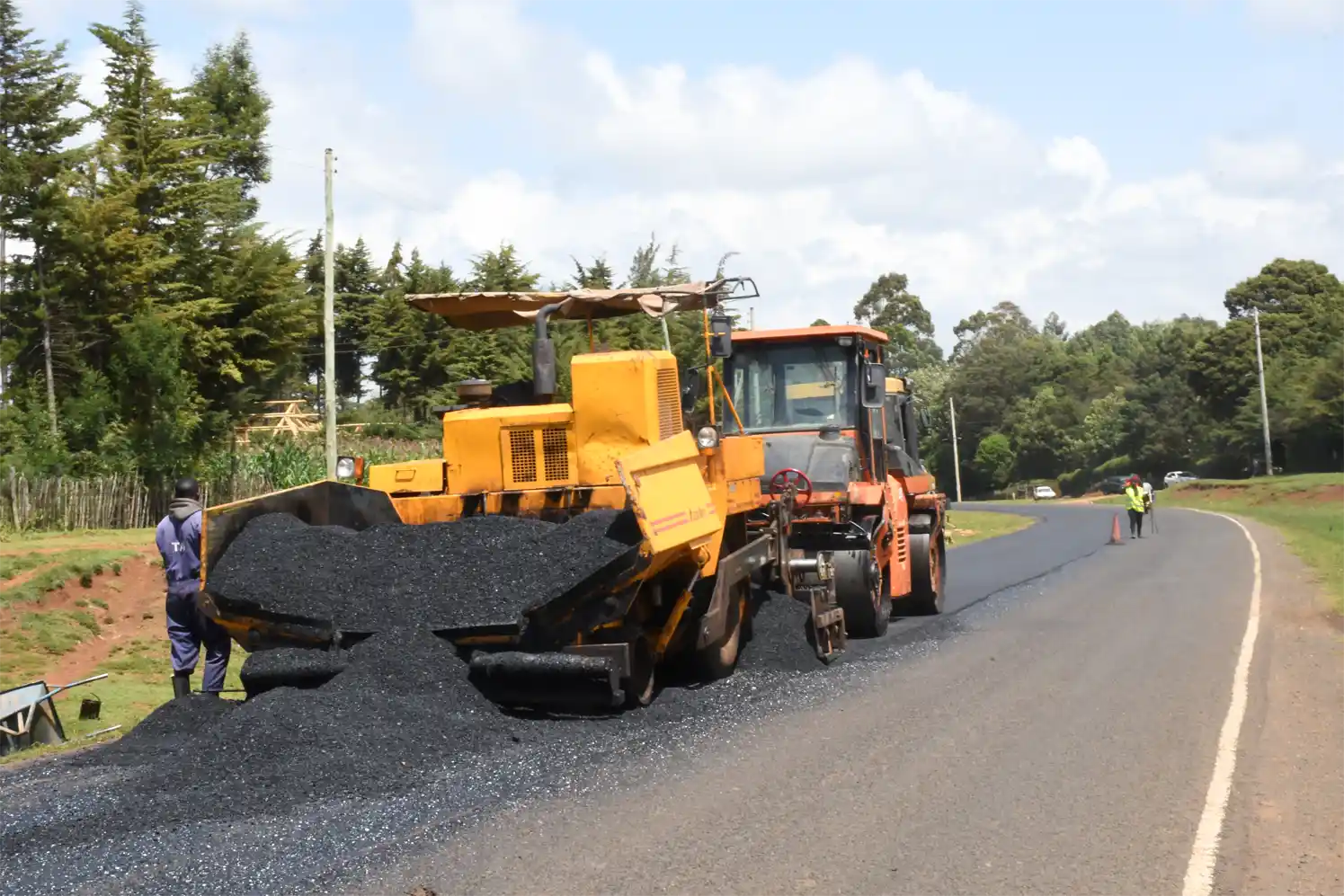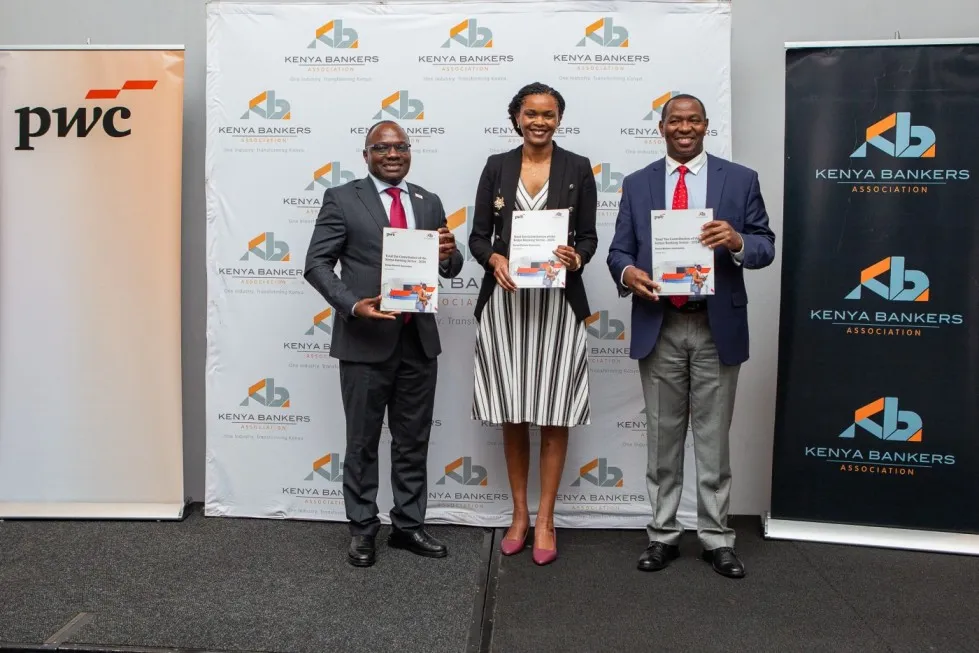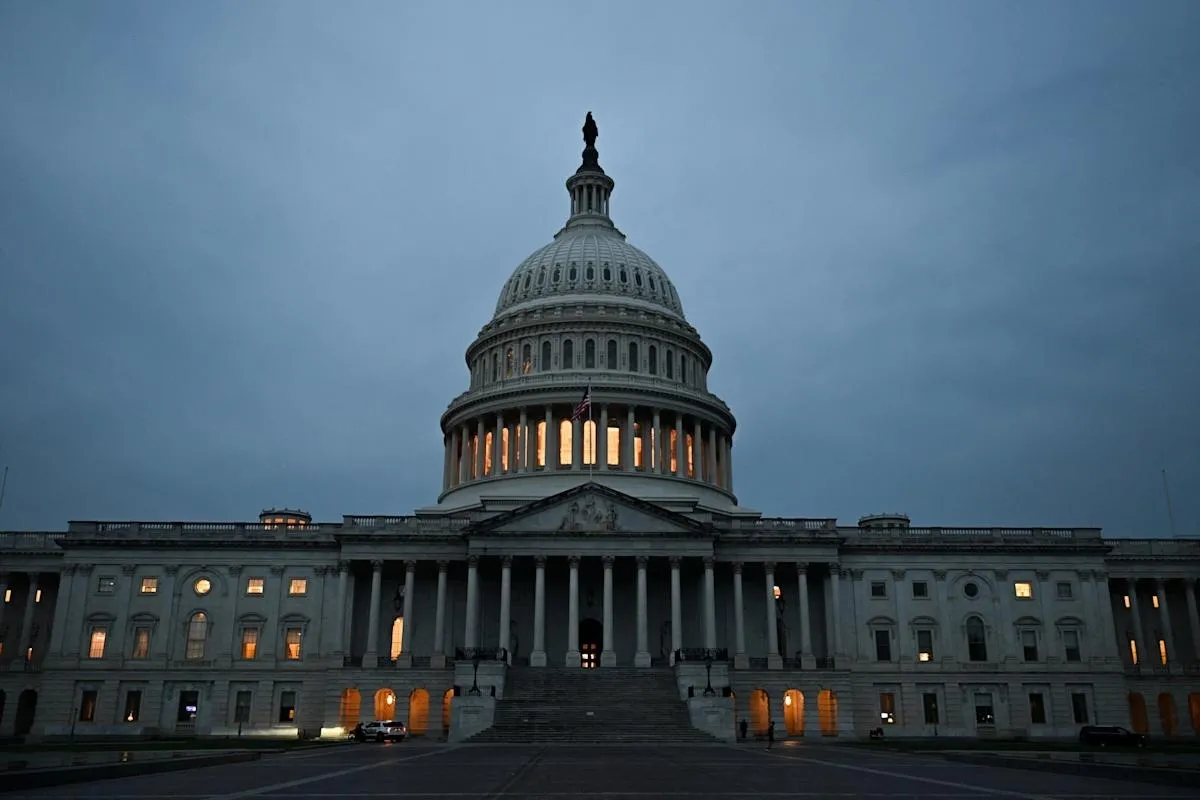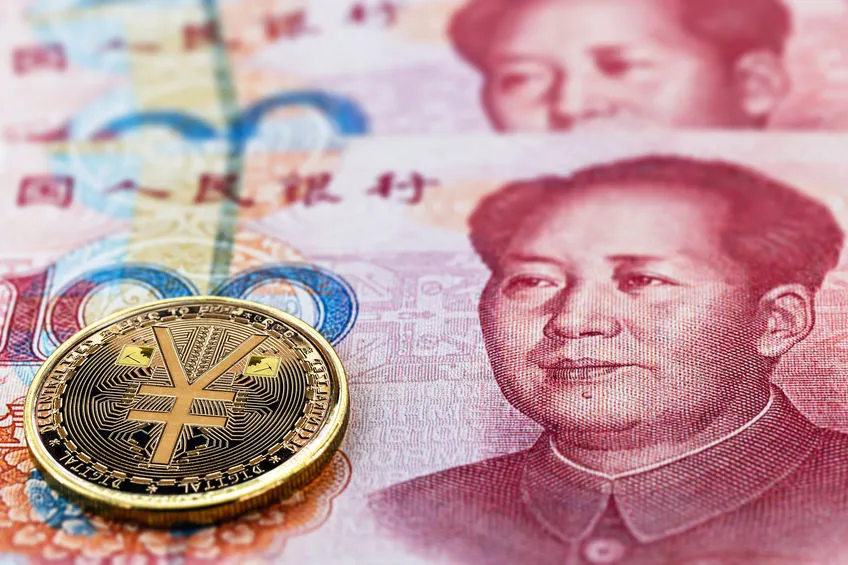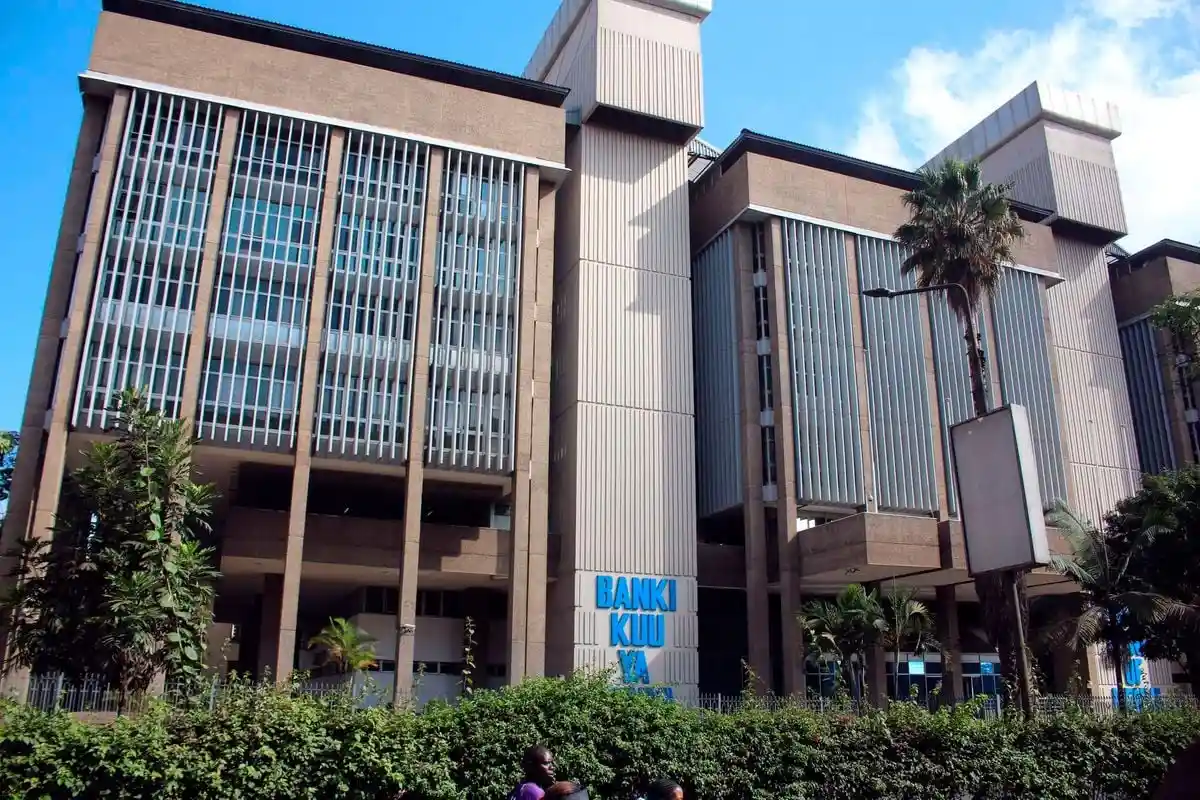The Kenyan government has signed a US$ 150 million (KSh 16.38 billion) financing agreement with United Bank for Africa (UBA) as part of a landmark US$ 1.35 billion (KSh 175bn) programme to clear unpaid road construction bills and revive stalled projects, marking one of the country’s boldest experiments with securitization and setting a potential model for other African nations grappling with infrastructure financing challenges.
UBA Kenya, a subsidiary of Lagos-based UBA Group, has emerged as among the largest financiers in the deal, which channels a portion of the country’s Road Maintenance Levy into a special purpose vehicle to raise funds upfront for contractors. The transaction represents a significant milestone in Kenya’s journey toward innovative infrastructure financing, moving away from traditional government borrowing that has contributed to the country’s mounting debt burden.
Push boundaries, reach goals, achieve more. Whether it’s ACCA, HESI A2, ATI TEAS 7, HESI EXIT, NCLEX-RN, NCLEX-PN, or Financial Literacy, we’ve got the Online course to match your ambition. Start with Serrari Ed now.
Revolutionary Financing Model Addresses Chronic Payment Delays
The KSh 175 billion in pending bills shortfall has frozen more than 580 road projects across the country, creating a ripple effect that has damaged contractor confidence and stalled critical infrastructure development. The securitization model offers an innovative solution by converting future revenue streams into immediate capital, allowing the government to settle outstanding obligations without adding to Kenya’s already strained debt profile.
“Infrastructure and SMEs are interconnected—one builds the roads, the other drives the economy on them. At UBA, we are financing both sides of that equation,” Oliver Alawuba, UBA Group CEO, emphasized during the deal announcement. This perspective reflects the interconnected nature of infrastructure development and economic growth, particularly in emerging markets where reliable transportation networks are crucial for business expansion and regional integration.
UBA executives said the investment reflects confidence in Kenya’s long-term growth prospects and the strategic importance of infrastructure development in driving economic transformation. The bank’s commitment underscores growing private sector appetite for infrastructure investments in Africa, particularly when structured through innovative financing mechanisms that provide predictable returns.
Technical Structure and Implementation Framework
Under the innovative securitization plan, Sh7 from the existing Sh25 per litre fuel levy is assigned to a special purpose vehicle, which then securitizes future collections to raise immediate cash. This represents a sophisticated financial engineering approach that transforms predictable government revenue streams into investable assets, providing investors with security while giving the government access to upfront capital.
Roads and Transport Cabinet Secretary Davis Chirchir defended the securitisation model in July, describing it as a transparent, legally compliant alternative to traditional borrowing. “This model allows us to pay contractors promptly, revive suspended projects, and bring lasting relief to communities—all without adding to Kenya’s debt burden,” Chirchir explained at the time, highlighting the government’s strategic shift toward alternative financing mechanisms.
The Cabinet Secretary emphasized that the Kenya Roads Board has no further liabilities once the rights are sold, effectively transferring the collection risk to private investors while ensuring the government can meet its infrastructure obligations. This risk transfer mechanism is crucial for maintaining fiscal sustainability while addressing immediate infrastructure needs.
Strategic Role of Trade and Development Bank
The Trade and Development Bank (TDB) has been appointed as the lead arranger for the roads bond, bringing significant expertise in African infrastructure financing to the transaction. As a multilateral, treaty-based development finance institution with assets exceeding $6.7 billion, TDB has established itself as a leading player in regional project finance and infrastructure development.
TDB’s involvement adds credibility to the securitization structure, given the bank’s extensive experience in arranging complex financing packages across Eastern and Southern Africa. The institution has previously collaborated with the Kenyan government on major infrastructure projects, including a $500 million syndicated loan facility arranged jointly with Afreximbank in 2017.
The pricing for the bond is yet to be settled, though sources at the National Treasury have indicated an investor return set at 1.5 percentage points above the prevailing 91-day Treasury bill rate, which would currently price the bond at approximately 10.47 percent. Alternative pricing discussions suggest matching the rate to infrastructure bonds, which have historically offered higher yields to compensate for longer-term risks.
Broader Context of Kenya’s Fiscal Constraints
Kenya’s adoption of securitization underscores a growing shift among African governments towards leveraging predictable revenue streams to finance infrastructure while containing public debt. The country’s debt-to-GDP ratio has risen dramatically from 39% in 2010 to 72% in 2025, severely constraining the government’s ability to finance infrastructure through traditional borrowing.
The fiscal pressure has been exacerbated by recent political developments, including widespread protests that forced the Ruto administration to abandon tax measures that would have collected KSh 346 billion this year. This has left the government with limited cash for essential projects like road maintenance, making alternative financing mechanisms like securitization increasingly attractive.
Treasury Cabinet Secretary John Mbadi has acknowledged that public budgets alone cannot finance Kenya’s economic transformation, highlighting the critical need for innovative financing approaches. This recognition has prompted the government to explore various alternatives, including public-private partnerships and securitization models.
Historical Evolution of the Road Maintenance Levy
The fuel levy was introduced in 1993 to raise funds for road maintenance, replacing road tolls which had been in place since the late 1980s but were compromised by widespread corruption at toll stations. Initially, the levy on petrol and diesel stood at Sh1.50 and Sh1 per litre respectively, progressively increasing to the current Sh25 per litre implemented in July 2024.
The 39% increase in fuel levy to Sh25 per litre is expected to grow annual collections to Sh122 billion from the previous average of Sh80 billion. This substantial increase provides the foundation for the securitization programme, offering investors confidence in the sustainability of revenue flows backing the bonds.
The levy increase, however, has not been without controversy. Initially proposed by then Transport Cabinet Secretary Kipchumba Murkomen in June 2024, the increase was positioned as a necessary response to rising construction costs and successive economic shocks that had eroded the purchasing power of the previous Sh18 per litre rate.
Build the future you deserve. Get started with our top-tier Online courses: ACCA, HESI A2, ATI TEAS 7, HESI EXIT, NCLEX-RN, NCLEX-PN, and Financial Literacy. Let Serrari Ed guide your path to success. Enroll today.
Implementation Through Special Purpose Vehicle
A special purpose vehicle, Oak Assetco SPV Limited, was established to hold the Sh7 per litre collection from the fuel levy, providing legal and operational separation between the government and the securitized assets. This structure is designed to protect investors by ensuring that the revenue streams backing the bonds are ring-fenced from other government obligations.
The SPV model represents international best practice in securitization, providing transparency and governance frameworks that protect both investors and the public interest. The structure includes oversight mechanisms to ensure that collected funds are properly managed and distributed according to the bond terms.
Additional Financing Phases and Future Expansion
The Kenya Roads Board is set to issue a further Sh125 billion bond by securitizing an additional Sh5 from the RMFL to cater for future bills in the roads sector. TDB will also serve as the lead arranger and transaction advisor for this second bond, indicating the success of the initial structure and confidence in the model’s sustainability.
This phased approach allows the government to test and refine the securitization model while gradually scaling up the programme. The success of the initial Sh175 billion bond will likely determine the pace and scope of future securitization initiatives, potentially extending the model to other infrastructure sectors.
Regional Implications and Continental Significance
Kenya’s securitization initiative comes at a time when African governments are increasingly seeking innovative financing solutions for infrastructure development. Deputy President Kithure Kindiki recently urged fellow African nations to aggressively pursue private sector funding for critical infrastructure, highlighting the shrinking fiscal space for traditional debt financing.
“With shrinking fiscal space for debt, including foreign debt, we must pioneer innovative ways for raising revenue. One model that has proven successful is public-private partnerships,” Kindiki emphasized during the Intra-African Trade Fair in Algiers, reflecting a broader continental shift toward alternative financing mechanisms.
The International Monetary Fund estimates that over half of sub-Saharan African countries are at high risk of debt distress or already in crisis, severely constraining their ability to fund infrastructure through traditional borrowing. Kenya’s securitization model could provide a template for other African governments seeking to address infrastructure deficits without exacerbating debt sustainability concerns.
Private Sector Confidence and Market Response
The involvement of major financial institutions like UBA Group demonstrates growing private sector confidence in structured infrastructure financing in Africa. UBA’s commitment of $150 million represents the largest single investment by the banking group in a securitization transaction in East Africa, highlighting the scale and significance of the deal.
“UBA remains an unwavering partner for Africa’s progress. Our $150 million infusion into Kenya’s roads levy securitisation programme is testament to our unshakable confidence in the country’s potential,” UBA Group Managing Director and CEO Oliver Alawuba stated, reflecting broader investor optimism about Kenya’s infrastructure development prospects.
The transaction’s success in attracting private capital demonstrates the viability of securitization as a financing tool for African infrastructure projects. This could encourage other international investors to consider similar structured transactions, potentially expanding the pool of available capital for continental infrastructure development.
Precedent for Innovative Financing Solutions
Kenya’s roads securitization follows other successful applications of innovative financing in the country’s infrastructure sector. The Sun King $156 million securitization for solar energy access, backed by five commercial banks including ABSA, Citi, and KCB Bank, demonstrated the potential for applying securitization principles across different infrastructure sectors.
These successful implementations of alternative financing mechanisms position Kenya as a regional leader in infrastructure finance innovation, potentially attracting additional international investment and technical expertise to support further development of the country’s financial markets.
Risk Management and Governance Framework
The securitization model incorporates comprehensive risk management mechanisms to protect both investors and the public interest. The ring-fencing of fuel levy collections through the special purpose vehicle ensures that revenue flows are protected from political interference or diversion to other government priorities.
Additionally, the involvement of reputable international financial institutions as arrangers and advisors provides governance oversight and ensures adherence to international best practices in structured finance. This multilayer approach to risk management is crucial for maintaining investor confidence and ensuring the long-term success of the programme.
Economic Impact and Job Creation Potential
Settlement of pending bills is expected to inject significant liquidity into the economy, providing immediate relief to contractors and suppliers who have been waiting for payments. The programme prioritizes small businesses with claims under Sh10 million for initial settlement, recognizing the disproportionate impact of payment delays on smaller enterprises.
The revival of stalled road projects is expected to create thousands of direct and indirect employment opportunities, particularly benefiting construction workers, materials suppliers, and related service providers. This employment generation comes at a crucial time when Kenya’s economy is recovering from various shocks and seeking to expand opportunities for youth employment.
Looking Ahead: Sustainability and Replicability
The success of Kenya’s roads securitization will be closely monitored by other African governments and development finance institutions as a potential model for addressing infrastructure financing challenges across the continent. The programme’s emphasis on transparency, legal compliance, and governance provides a framework that could be adapted to different country contexts and revenue streams.
However, the long-term sustainability of the model depends on maintaining fuel consumption levels and ensuring effective collection of the levy. The government will need to monitor economic trends, vehicle fleet growth, and potential shifts toward electric vehicles that could impact future revenue projections.
The securitization model also represents a learning opportunity for Kenya’s financial markets, potentially spurring development of additional structured finance instruments and expanding the country’s capital markets depth. This financial sector development could have broader benefits for economic growth and access to capital for both public and private sector projects.
As African governments continue to grapple with infrastructure financing challenges amid mounting debt constraints, Kenya’s innovative approach to roads securitization offers a promising pathway toward sustainable infrastructure development that balances fiscal responsibility with critical development needs.
Ready to take your career to the next level? Join our Online courses: ACCA, HESI A2, ATI TEAS 7 , HESI EXIT , NCLEX – RN and NCLEX – PN, Financial Literacy!🌟 Dive into a world of opportunities and empower yourself for success. Explore more at Serrari Ed and start your exciting journey today! ✨
Track GDP, Inflation and Central Bank rates for top African markets with Serrari’s comparator tool.
See today’s Treasury bonds and Money market funds movement across financial service providers in Kenya, using Serrari’s comparator tools.
photo source: Google
By: Montel Kamau
Serrari Financial Analyst
11th September, 2025
Article, Financial and News Disclaimer
The Value of a Financial Advisor
While this article offers valuable insights, it is essential to recognize that personal finance can be highly complex and unique to each individual. A financial advisor provides professional expertise and personalized guidance to help you make well-informed decisions tailored to your specific circumstances and goals.
Beyond offering knowledge, a financial advisor serves as a trusted partner to help you stay disciplined, avoid common pitfalls, and remain focused on your long-term objectives. Their perspective and experience can complement your own efforts, enhancing your financial well-being and ensuring a more confident approach to managing your finances.
Disclaimer: This article is for informational purposes only and does not constitute financial advice. Readers are encouraged to consult a licensed financial advisor to obtain guidance specific to their financial situation.
Article and News Disclaimer
The information provided on www.serrarigroup.com is for general informational purposes only. While we strive to keep the information up to date and accurate, we make no representations or warranties of any kind, express or implied, about the completeness, accuracy, reliability, suitability, or availability with respect to the website or the information, products, services, or related graphics contained on the website for any purpose. Any reliance you place on such information is therefore strictly at your own risk.
www.serrarigroup.com is not responsible for any errors or omissions, or for the results obtained from the use of this information. All information on the website is provided on an as-is basis, with no guarantee of completeness, accuracy, timeliness, or of the results obtained from the use of this information, and without warranty of any kind, express or implied, including but not limited to warranties of performance, merchantability, and fitness for a particular purpose.
In no event will www.serrarigroup.com be liable to you or anyone else for any decision made or action taken in reliance on the information provided on the website or for any consequential, special, or similar damages, even if advised of the possibility of such damages.
The articles, news, and information presented on www.serrarigroup.com reflect the opinions of the respective authors and contributors and do not necessarily represent the views of the website or its management. Any views or opinions expressed are solely those of the individual authors and do not represent the website's views or opinions as a whole.
The content on www.serrarigroup.com may include links to external websites, which are provided for convenience and informational purposes only. We have no control over the nature, content, and availability of those sites. The inclusion of any links does not necessarily imply a recommendation or endorsement of the views expressed within them.
Every effort is made to keep the website up and running smoothly. However, www.serrarigroup.com takes no responsibility for, and will not be liable for, the website being temporarily unavailable due to technical issues beyond our control.
Please note that laws, regulations, and information can change rapidly, and we advise you to conduct further research and seek professional advice when necessary.
By using www.serrarigroup.com, you agree to this disclaimer and its terms. If you do not agree with this disclaimer, please do not use the website.
www.serrarigroup.com, reserves the right to update, modify, or remove any part of this disclaimer without prior notice. It is your responsibility to review this disclaimer periodically for changes.
Serrari Group 2025








